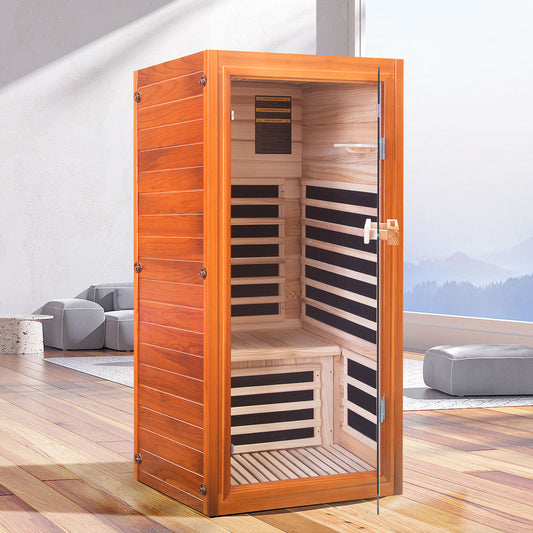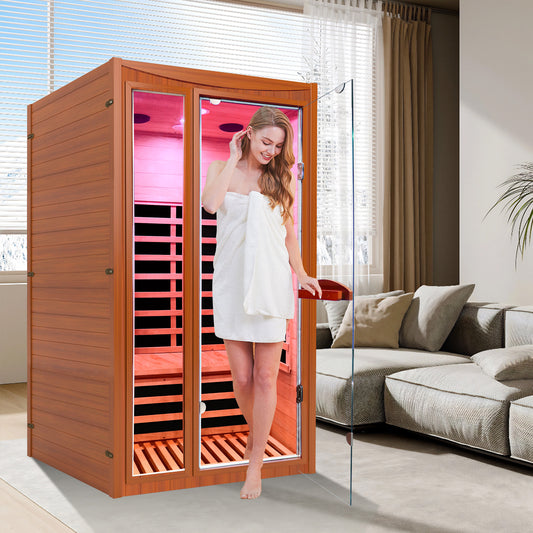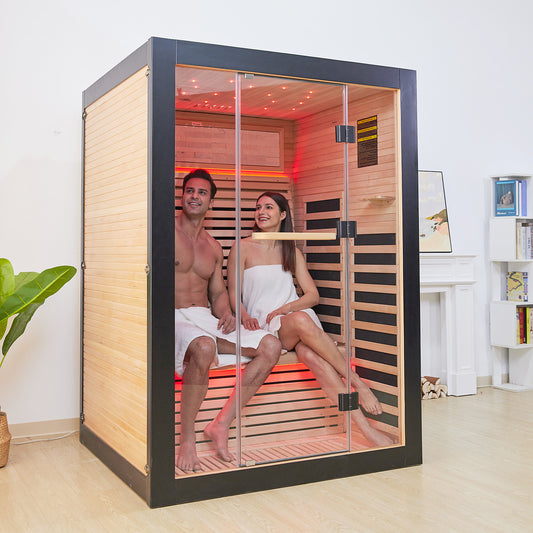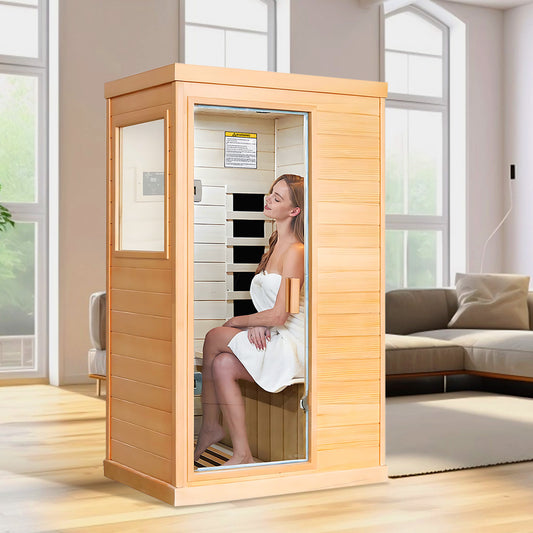
Imagine coming home from a busy day, stepping into your backyard, opening the door to a warm wooden sauna, and letting go of all your stress. For many, building an outdoor sauna is a dream retreat—but the big question is: should you build it yourself or opt for a prefab?
In this guide, we'll cover the three main methods for building an outdoor sauna. From traditional DIY to prefab models, you'll learn the pros and cons of each and which method best suits your lifestyle.
1. Traditional DIY Sauna (Build from Scratch)
This method is for those who love woodworking and want complete control over the design. You'll start with raw materials like cedar or spruce boards, then move on to insulation, a vapor barrier, and a heat source. You'll also need to plan a foundation, electrical wiring, and ventilation systems. For better insulation, you might want to build a double-layer of wood with an insulating membrane between them.
Pros: Maximum customization, highly rewarding for skilled DIYers.
Disadvantages: Time-consuming and labor-intensive, requiring carpentry and electrical knowledge. Costs can quickly add up if mistakes are made or materials are wasted.

2. Semi-DIY Sauna (Using a Kit or Prefabricated Components)
An easier approach than building a sauna from scratch is to use a sauna kit. These kits include prefabricated wood panels, a heating unit, and detailed installation instructions. You still need some basic tools and time to assemble, but it's much simpler than starting from scratch.
Pros: Faster than traditional DIY, requiring no advanced carpentry skills.
Disadvantages: Still requires assembly work, some tools, and a weekend (or two) of work. Customization is limited compared to a full DIY setup.
3. Prefabricated Outdoor Sauna (Quick and Easy)
The easiest way to bring a sauna to your backyard is with a fully prefabricated model. These units are designed for quick assembly, with the panels snapping together—typically in just a few hours—and include everything you need, from the wood frame to the heating system.
Pros: Saves time and energy, professional quality, safe and reliable design, and minimal tool requirements.
Disadvantages: Less customizability than homemade saunas, but they're usually available in a variety of sizes and styles.

DIY vs. Prefab Saunas: Which is Right for You?
If you have the time, skills, and patience, building a sauna from scratch can be quite rewarding. Kits offer a good compromise, but they still require effort and tools. Prefab saunas, on the other hand, allow you to enjoy your sauna almost immediately without the stress of construction.
That's where Outexer outdoor saunas come in. Made from high-quality Canadian hemlock, fir, or red cedar, our prefab saunas combine traditional craftsmanship with modern features like Bluetooth speakers, LED lighting, and smart control panels. Easy assembly, with no professional assistance required, means you can relax the same day your sauna arrives.
Conclusion
Whether you choose DIY or prefer the convenience of a prefab sauna, the goal remains the same: to create a private retreat in your own backyard. If you want to save months of planning and construction time, explore the Outexer outdoor saunas and start enjoying the benefits of relaxation, health and comfort immediately.









